Cockroaches are almost universally hated; with their quick movements and visible exoskeleton, the majority of people see the little critters as a disgusting nuisance.
Although they’re not pleasant to look at, researchers at UC Berkeley stared at these ugly bugs for months on end to try to figure out how they can use them to save human life.
The University of California Study

Biomimetic expert Robert Full is a professor at the University of California, Berkeley, and he and his co-worker Kaushik Jayaram studied American cockroaches (Periplaneta americana) and how they move and function.
After significant research, they published their findings in the Proceedings of the National Academy of Sciences.
Full and Jayaram Focused on the Biomimetics

Robert Full wanted to make it clear that he and Jayaram “are not entomologists” and they think that “[cockroaches are] disgusting” (via Wired).
However, they feel that understanding these cockroaches, including the way they move and function, can help change the world and save lives.
Watching These Creepy Crawlies Move
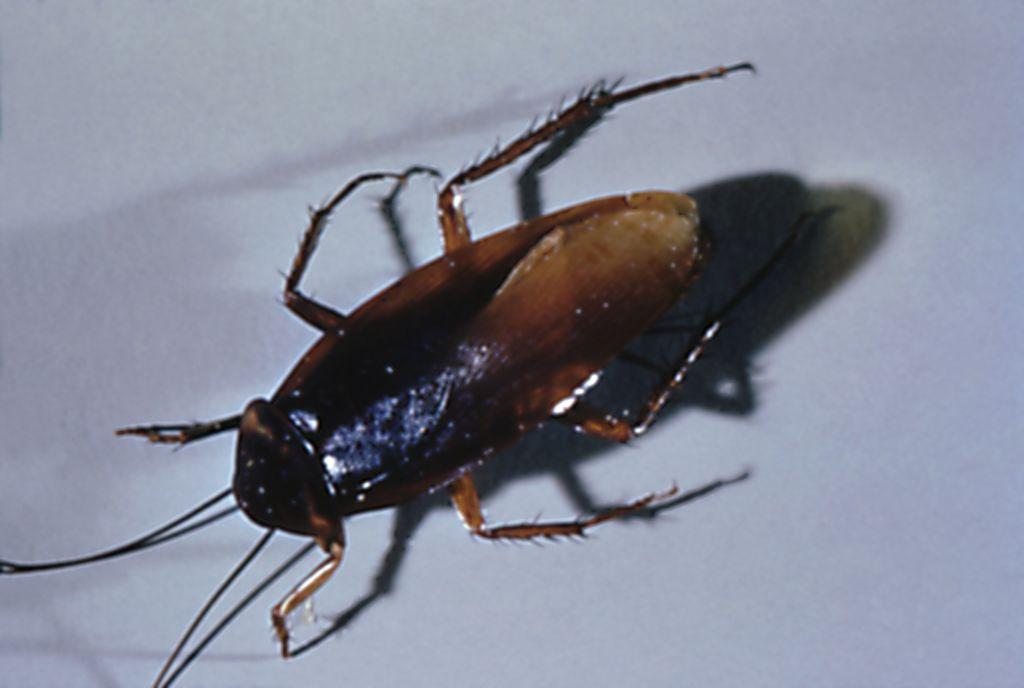
Essentially, the two watched cockroaches squeeze themselves through tiny tunnels and noted how their speeds change, or more importantly, didn’t change.
They realized that because of the cockroach’s exoskeleton, it is able to move through tunnels as small as 4 millimeters high without losing any speed because it can collapse its skeleton without even slowing down.
How Fast Are Cockroaches?
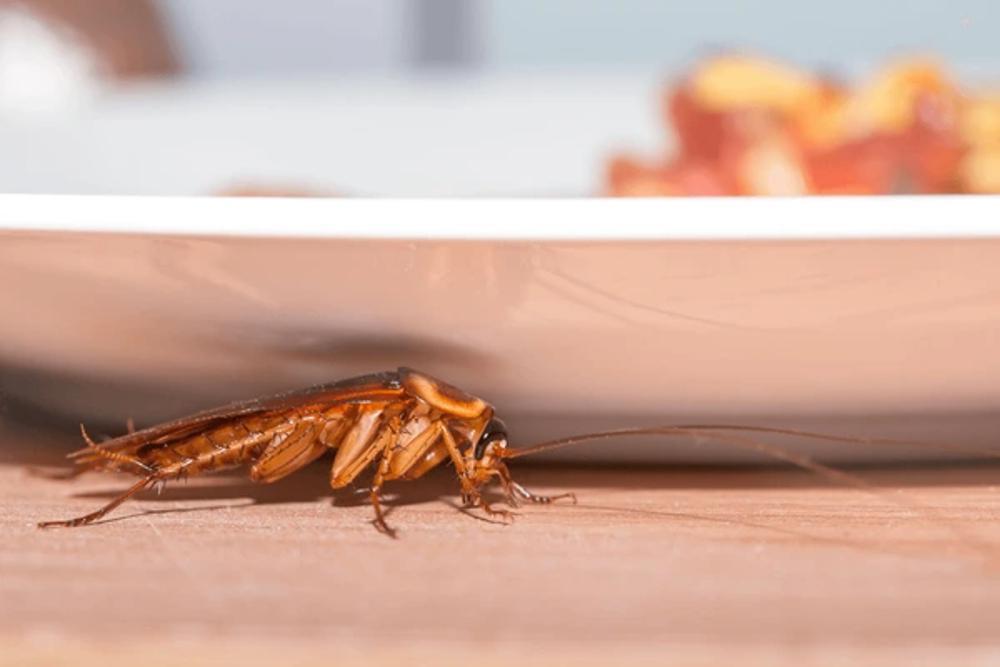
They also noted that cockroaches are incredibly fast; in fact, a roach can cover 50 times its body length in just one second. Which is the same as if a person was running 140 miles per hour.
They can move this quickly because they utilize what experts call “body friction legend crawling” which is essentially a combination of swimming and crawling.
Cockroaches Are Unbelievably Strong
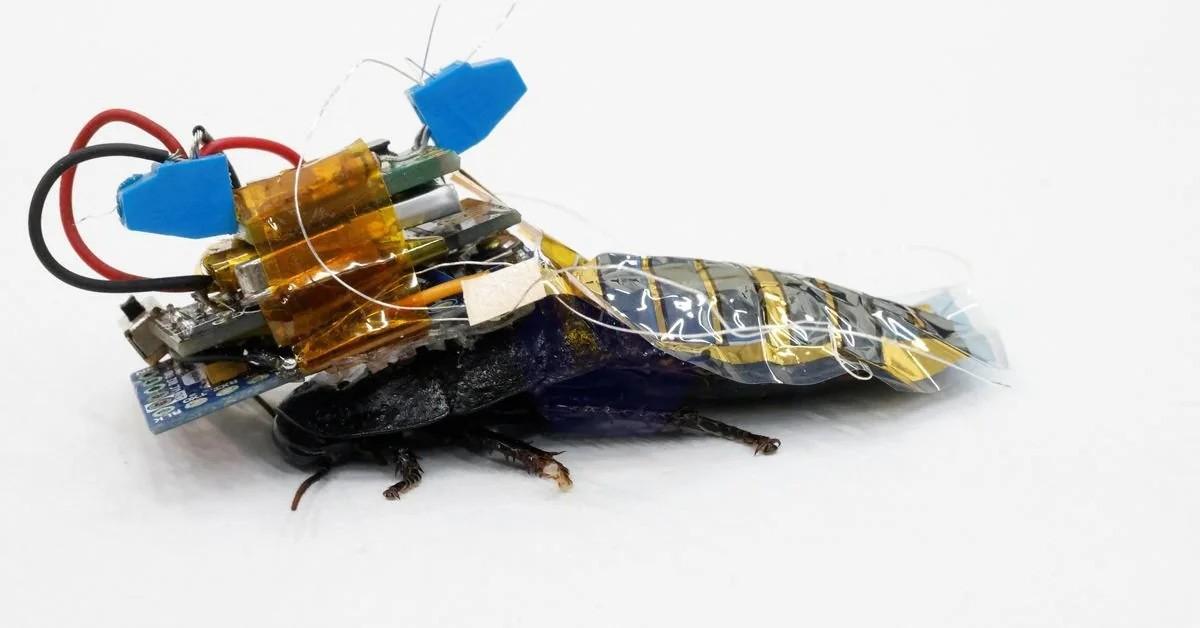
As well as being exceptionally fast, cockroaches are also surprisingly strong. They can handle more than 300 times their body weight without feeling a thing, and up to 900 times their weight before they’re pulverized.
Of course, that makes them very hard to kill, which is frustrating when they’re in the kitchen. However, as Full and Jayaram attempted to understand how to utilize their abilities, this is great news.
Full and Jayaram’s Roach-Inspired Robot
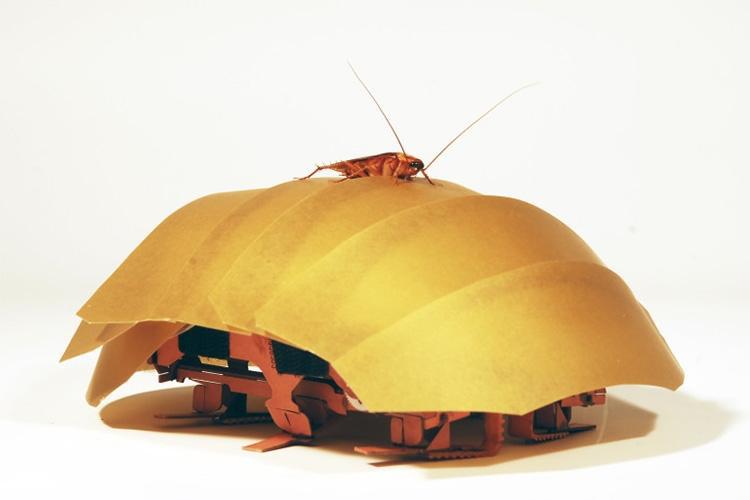
After watching the roaches and learning exactly how fast, strong, and mobile cockroaches are, Full and Jayaram decided to design and build a roach-inspired robot.
The idea was simple: They would create an internal robot with an outer exoskeleton shell, just as a cockroach has, with the hope that their robot will be able to get through small spaces, move quickly, and withstand extreme weights.
Compressible Robot with Articulated Mechanisms
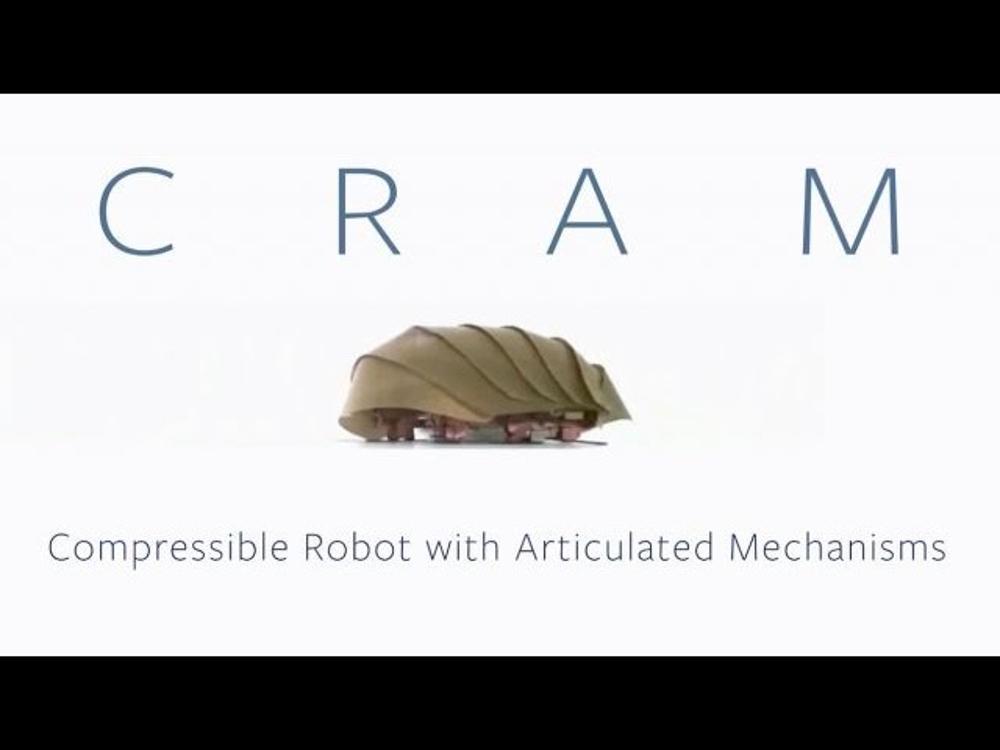
The two called their invention Compressible Robot with Articulated Mechanisms, or CRAM for short.
And while the initial prototype is simple and easy to make, the UC Berkeley researchers, as well as robotic experts from around the country, were extremely excited by the possibilities it provides.
How Can Roach-Inspired Robots Save Lives?

Now, here’s where this story gets even more interesting. Full and Jayamar stated that their robotic cockroach will actually be able to save lives once they’ve finalized the design.
The idea is that these little machines will be able to navigate through collapsed buildings, find people who are trapped, and report back the location to rescue workers.
Collapsed Buildings Are Far Too Common

Because of natural disasters, as well as fires, attacks, bombs, and various other tragedies, collapsed or pancake buildings are far more common than one would hope.
And when this occurs, people get buried within the rubble, and if they cannot be found and rescued quickly, they die within hours from the weight and lack of oxygen.
Rescue Robots Have Been in the Works for Some Time
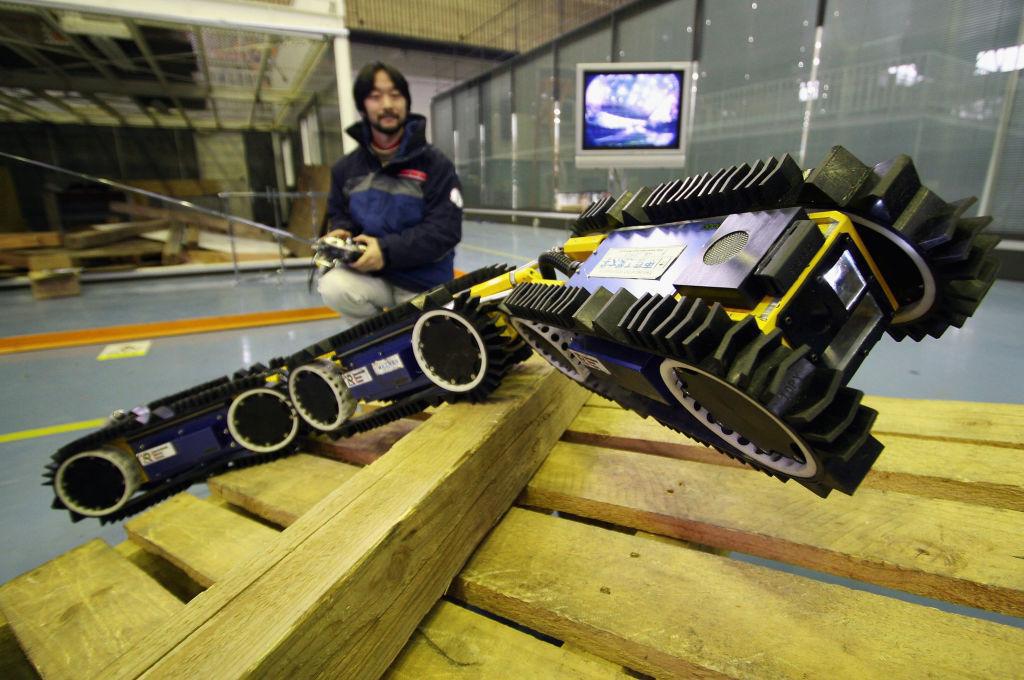
Because this is such a pressing issue, biometrics engineers have been studying and designing rescue robots for years.
However, as Professor Full explained, they have typically been using worms or snakes as inspiration for skinny, long, and legless robots.
Full Said Roaches Will Work Much Better Than Worms
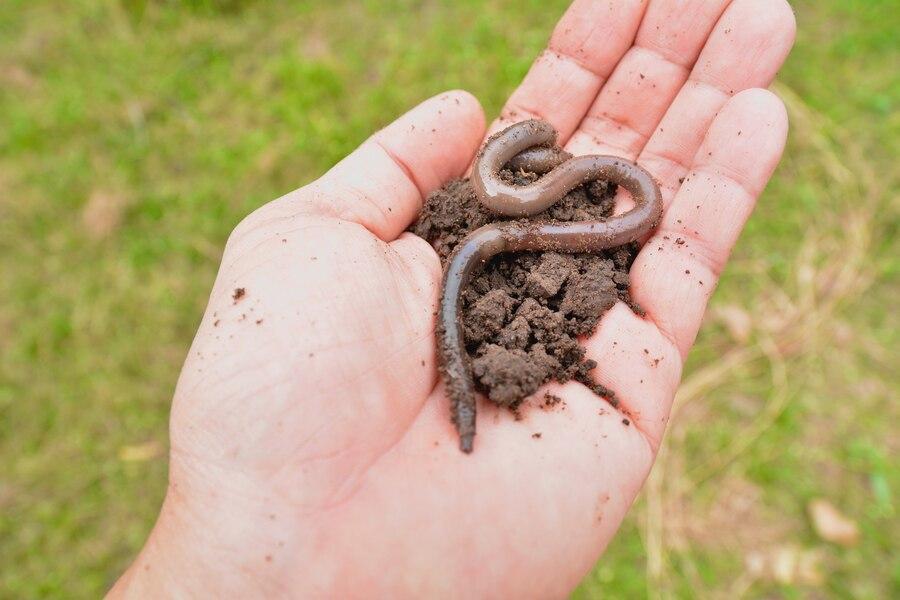
Robert Full believes that because worms and snakes have soft bodies, designing a robot to emulate their movements won’t work nearly as well as the same plan but with cockroaches as the inspiration.
Cockroaches have legs and a hard exoskeleton, so they can move faster, withstand more weight, and make themselves as small as needed. So although there is still quite a lot more research to be conducted, many now believe that cockroaches are the future of rescue robotics.
